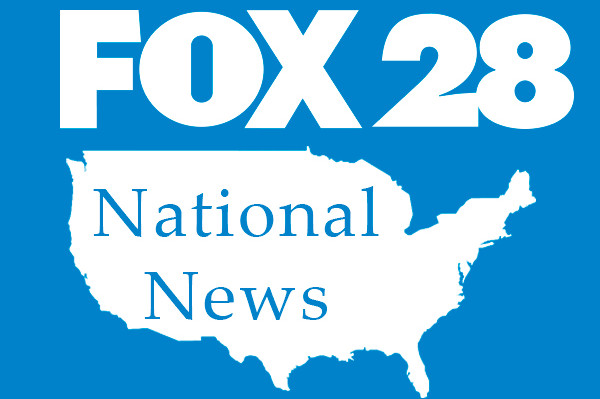
Rising reconstruction costs are making it even more expensive for insurers to pay claims for property damage, according to an August report from the insurance rating bureau Verisk. And businesses and homeowners could see higher premiums as insurers pass those costs to consumers.
The study found reconstruction costs in the United States, including materials and labor, increased by 5.2% from July 2023 to July 2024. That jump is a “significant increase” compared to the previous year’s cost growth of 4%, Verisk reported.
“Rising replacement costs will continue to impact consumers and business owners as increases in materials and labor are factored into future property insurance premiums,” Insurance Information Institute (Triple-I) Corporate Communications Director Mark Friedlander told Insurify.
Cost increases vary by location and category
Residential and commercial reconstruction costs increased by around 3.4% in most states, but some saw more significant jumps.
New Hampshire had the largest increases since last year, at 9.6% for residential and 12.4% for commercial construction costs, according to Verisk. Colorado, New York, and Massachusetts also had significant cost hikes, while Maine, Louisiana, and Montana were among the states with the smallest increases.
Some changes were even more location-specific. For example, while laminated shingle roof replacement costs have grown by 1% in Texas since April, their cost grew by 7.5% in the Dallas-Fort Worth area and 9.7% in Sherman following May storms.
Verisk’s report also breaks down costs by material and labor categories, showing that material costs are rising at a faster rate than they did in 2023. Growth rates for the first six months of this year surpassed the total increase for 2023.
Concrete composite and concrete masonry had the largest cost increase by far; the price of concrete composite rose by 13.9% and the price of concrete masonry climbed 20.4%. These increases continue a trend of rising concrete costs that dates back to the 2021 closure of a limestone quarry in Mexico, according to the National Association of Home Builders.
What that means for insurance
General inflation, replacement cost inflation, and losses from climate catastrophes continue to drive rising homeowners insurance costs, according to a July brief from Triple-I. Reconstruction and replacement costs also influence insurance rates, as labor and material prices affect how much insurers pay to cover property damage claims.
Home insurance costs increased steadily from 2001 to 2021, according to the Insurance Research Council. But rates have risen more dramatically in recent years.
The average annual homeowners insurance premium increased by 19.8% between 2021 and 2023, according to Insurify’s home insurance report. Insurify data analysts project another 6% increase for 2024.
Louisiana, which has the second-highest home insurance rates in the nation, at $6,354 per year, faces a 2024 increase of 23%. This would elevate the average rate for home insurance to $7,809 per year. Louisiana had one of the lowest reconstruction cost increases but faces significant severe weather risk nearly every hurricane season, which influences insurance costs.
Florida homeowners pay the nation’s highest home insurance rates, amounting to an average of $10,996 in 2023. Insurify predicts the state’s average rate will be $11,759 by the end of 2024.
“Replacement costs have moderated compared to the 55% cumulative increase we experienced from 2020 through 2022 due to supply chain disruption, escalating costs of construction materials, and labor shortages,” Friedlander said. “This was nearly four times the U.S. inflation rate over these three years. Insurance rates are determined at the state level. So, the factoring of replacement costs into premiums in one state could be much different than another state.”
What’s next: Verisk predicts continued cost increases
Verisk’s report predicts another reconstruction cost increase of 2% for residential and 2.2% for commercial construction in 2024.
But some states will feel these increases more acutely than others. Since April, Nevada, South Dakota, and North Dakota have all seen significant increases in residential reconstruction costs. Nevada, in particular, went from the lowest cost increase in April to the 12th-highest in July, according to Verisk. Nevada also saw the largest increase in commercial reconstruction costs, with South Dakota and Oregon in the next two spots.
But the rate of cost increases is slowing in other areas. Vermont, Wisconsin, and Michigan had the largest rate decreases for residential reconstruction costs. Michigan and Illinois also saw notable decreases for commercial reconstruction costs.
Related articles


